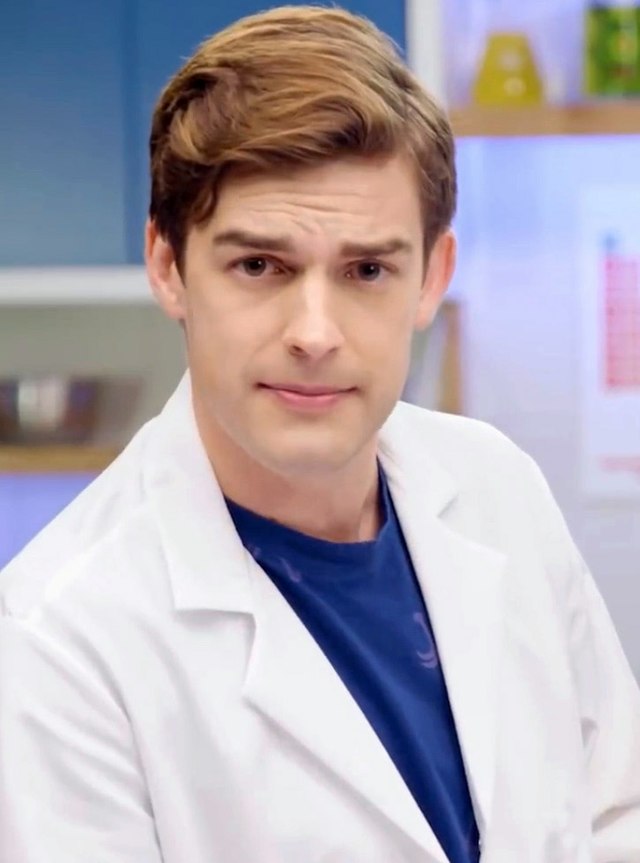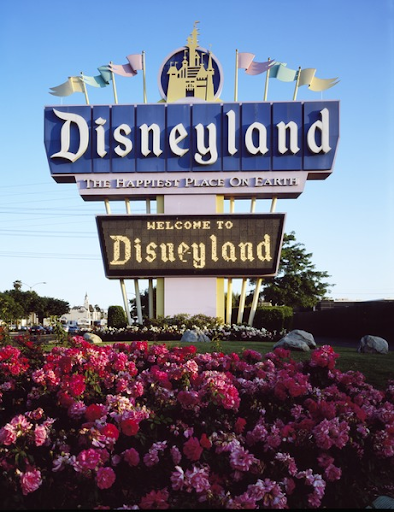On Oct. 2, scientists Katalin Karikó and Drew Weissman were awarded the Nobel Prize in Physiology and Medicine for their joint research on the capabilities of mRNA in immunization. Their findings, once refined, led to the speedy production of the COVID-19 vaccines responsible for saving the lives of millions of people around the world.
The COVID-19 shots distributed across the globe are as historically significant as the pandemic itself. Unlike traditional vaccines that expose humans to a weakened version of the actual pathogen, the coronavirus vaccine introduces lab-altered mRNA into the bloodstream, instructing cells to produce proteins that stimulate an immune response with less overall health risks and development time as explained by the Center for Disease Control and Prevention.
“It (the mRNA vaccine) is bypassing a lot of the things that the production of other vaccines requires,” Michele Malotky, professor of biology at Guilford, said. “It is more likely to be safer and faster to produce and modify to reflect changes in the virus over time.”
Every time a pathogen is transferred between people, it has the chance to mutate and possibly leave vaccines ineffective. The mRNA vaccine, however, can be rapidly modified for new strains as scientists can simply alter the ingredients in RNA in a test tube within a couple of weeks, according to the National Human Genome Research Institute, shortening the traditional five to 10-year vaccine development and testing process reported by Johns Hopkins.
While this groundbreaking medical innovation has been praised for its rapid development, the path to reach it was constantly at risk of failure due to funding issues.
According to a biography on Karikó by womenshistory.org, she moved to Pennsylvania from Hungary in 1985 when university funding for her research ran out. In 1989, Karikó was hired to a low-level, untenured assistant professor position at the University of Pennsylvania where she was only able to conduct research by partnering with senior scientists.
In 1997, Weissman started working at the University of Pennsylvania and, according to the Canadian Broadcasting Coordination, received substantial support for his lab, whereas grant reviewers at the university were hesitant to fund Karikó’s mRNA research due to her lower-level doctorate and the perceived simplicity of her subject.
Within the scientists’ two distinct paths, Malotky points out common trends within the modern scientific community. She is amongst a large group of people who recognize the continued sexism in the field as Karikó, who has become only the 13th woman to win the Nobel Prize out of 227 laureates, had to jump through various hoops to obtain adequate resources for her research in comparison to her male counterpart. Karikó’s lack of funding has also been attributed to a shift within educational expectations.
“Her work was basic science research and a lot of people didn’t recognize the value or application of this foundational work,” Malotky said. “To me, it reflects a troubling pattern we also see in higher education with discussions about the value of a liberal arts education. Too many people fail to recognize the important foundation that the liberal arts provide, looking to courses and fields of study that directly relate to their career goals.”
“Whether it’s a liberal arts education or basic science that will lead to wonderful discoveries like in this case, people just don’t seem to recognize the fundamental value, focusing only on the endpoint,” Malotky said. “For funding in the sciences, you have to show what merit your research is going to provide. Well, some of that basic science we need to understand in order to get to that point, and people don’t see that, and so she couldn’t get funding for the work that eventually earned her a Nobel Prize.”
Fortunately, Weissman saw the merit in Karikó’s vision, and the two decided to merge their paths after a friendly conversation over a copy machine. According to an article by the New York Times, she boasted to him that she could use mRNA for anything she wanted, including possibly making an H.I.V. vaccine which Weissman was currently working towards.
After facing issues with how the mRNA is received by the body, in 2005, they finally published their finding about adding the molecule pseudouridine to modified mRNA and shielding it from the immune system. Despite this research being vital in creating the life-saving COVID-19 vaccine, only the obscure publisher “Immunity” would accept their work as major companies deemed the findings too rudimentary.
The story behind these two scientists is one of perseverance and getting back to the basics. Due to their research, we find ourselves in a better position in combating ailments like H.I.V., cancer and discrimination in the sciences.













